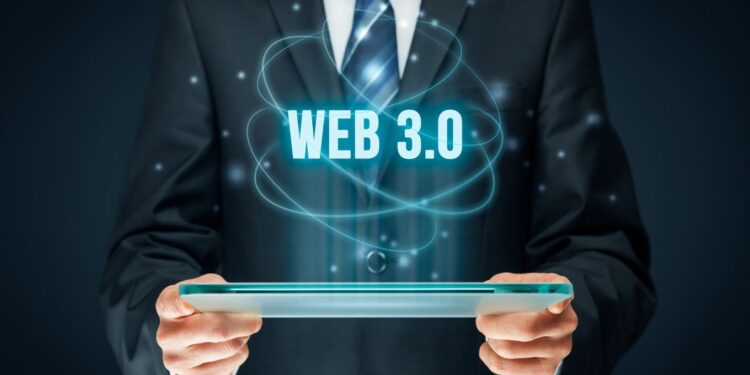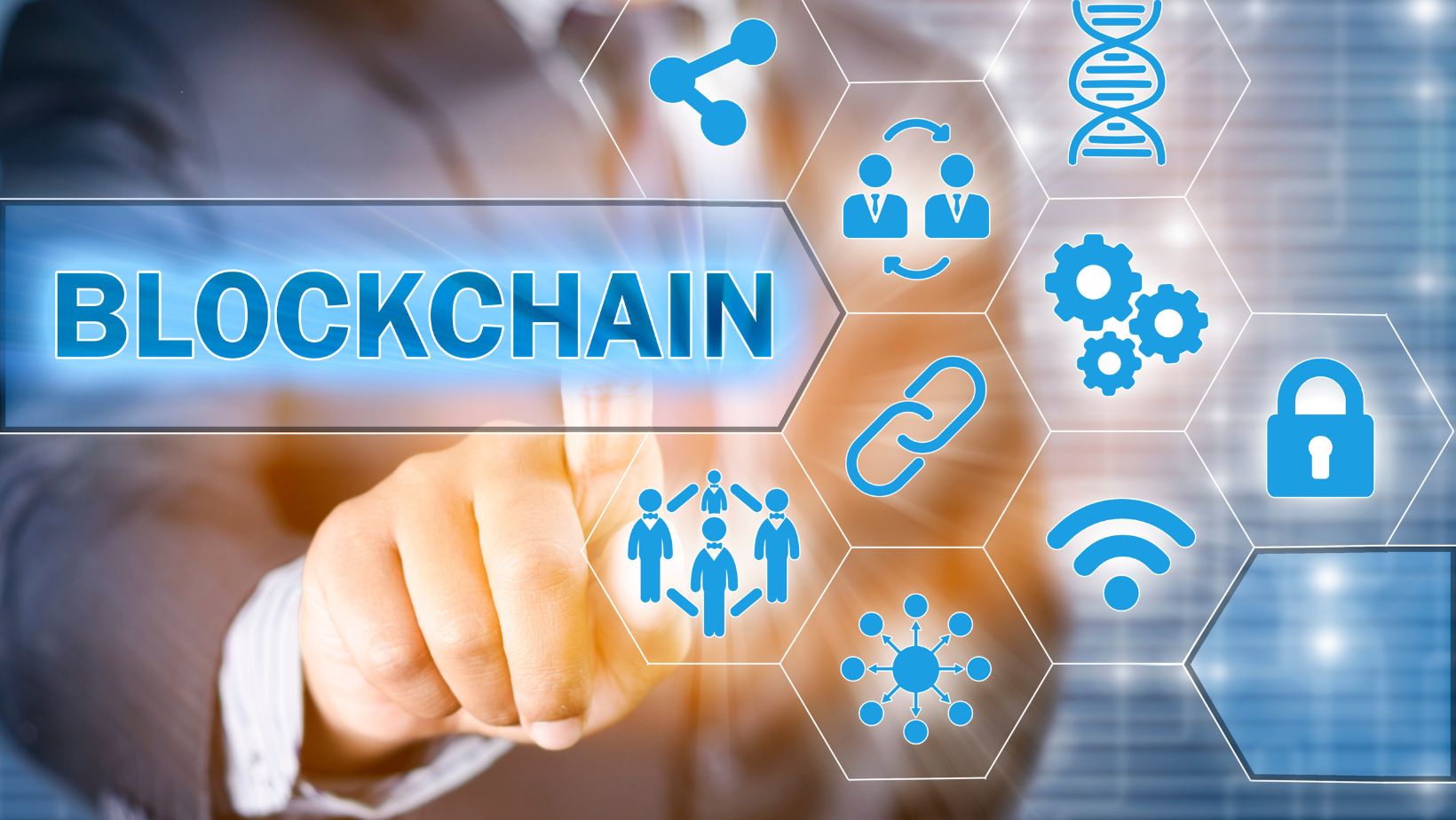The internet has undergone significant transformations since its inception, evolving through various phases that have reshaped how we interact, share information, and conduct business. From the static pages of Web 1.0 to the dynamic, user-generated content of Web 2.0, we are now on the brink of a new era: Web 3.0. This next chapter promises to revolutionize our digital experiences by emphasizing decentralization, user sovereignty, and advanced technologies like blockchain and artificial intelligence.
Understanding Web 3.0
At its core, Web 3.0 represents a paradigm shift in how we think about the Internet. While Web 1.0 was characterized by read-only content and Web 2.0 introduced interactivity and social networking, Web 3.0 focuses on creating a more intelligent and autonomous web. It aims to empower users by allowing them to control their data, ensuring privacy and security, and fostering a more equitable digital economy.
Key to understanding Web 3.0 is the concept of decentralization. Unlike its predecessors, where data is typically stored on centralized servers, Web 3.0 leverages decentralized networks—primarily based on blockchain technology. This means that users have more control over their data and digital identities, reducing reliance on intermediaries such as tech giants that dominate the current landscape.
In this evolving digital environment, a tailored Web 3 SEO strategy becomes essential not just for visibility, but also to boost brand recognition across decentralized platforms. Optimizing for blockchain-based search engines, leveraging metadata in NFTs, and participating in DAOs can all contribute to increased discoverability and trust in a brand.
Core Technologies Driving Web 3.0
Blockchain
Blockchain technology is the backbone of Web 3.0, providing a secure and transparent way to record transactions and manage data. Unlike traditional databases, which are vulnerable to hacks and data breaches, blockchain operates on a distributed ledger system. Each participant in the network has access to a copy of the ledger, making it nearly impossible to alter past records without the consensus of the majority.
This transparency fosters trust among users, which is essential for the development of decentralized applications (dApps). For example, in the finance sector, blockchain enables peer-to-peer transactions without the need for banks, drastically reducing fees and processing times. Moreover, it opens the door for new financial models, such as decentralized finance (DeFi), which allows individuals to lend, borrow, and trade without intermediaries.
Smart Contracts
Smart contracts are self-executing contracts with the terms of the agreement directly written into code. They operate on blockchain platforms and automatically enforce the agreed-upon conditions without the need for a third party. This not only streamlines processes but also minimizes the risk of fraud.
For instance, in real estate, smart contracts can simplify property transactions by automatically transferring ownership once payment is made, reducing the need for lengthy legal procedures. This efficiency is a cornerstone of Web 3.0, as it empowers users and enhances trust in online transactions.
Decentralized Applications (dApps)
Decentralized applications, or dApps, are applications that run on a peer-to-peer network rather than being hosted on centralized servers. This design makes them resistant to censorship and enhances user privacy. dApps can serve various purposes, from social media platforms to gaming and finance.
One notable example is the emergence of decentralized social media networks that allow users to share content and communicate without the risk of censorship or data exploitation by corporations. Users maintain ownership of their data and can monetize their contributions, creating a more equitable environment for content creators.
The Role of Artificial Intelligence in Web 3.0
Artificial intelligence (AI) plays a crucial role in enhancing the capabilities of Web 3.0. By leveraging machine learning algorithms, Web 3.0 applications can process vast amounts of data to deliver personalized experiences. This means users will receive more relevant content, recommendations, and services tailored to their preferences.
AI can also help automate many processes within decentralized networks, improving decision-making and efficiency. For example, AI-driven analytics can optimize resource allocation in decentralized finance platforms, ensuring that liquidity is managed effectively while minimizing risks.
Web 3.0 and the Internet of Things (IoT)
The integration of Web 3.0 with the Internet of Things (IoT) presents exciting possibilities. IoT devices—such as smart home appliances, wearables, and industrial sensors—can benefit from the decentralized nature of Web 3.0 by improving data security and reducing vulnerabilities.
For instance, by utilizing blockchain, IoT devices can communicate securely, sharing data in real-time while ensuring that users maintain control over their information. This could lead to smarter cities where traffic management systems are optimized through real-time data sharing, or in healthcare, where patient data can be securely shared among authorized providers without the risk of breaches.
Challenges and Considerations
Despite the promising potential of Web 3.0, several challenges must be addressed for it to gain widespread adoption. Scalability remains a significant hurdle; current blockchain networks struggle to handle large volumes of transactions efficiently. Solutions such as layer-2 scaling technologies are being developed, but they are still in their infancy.
Usability is another concern. For many users, the concepts of decentralized networks and cryptocurrencies can be daunting. User-friendly interfaces and educational resources are crucial to demystifying these technologies and encouraging adoption.
Additionally, regulatory issues pose a challenge. Governments around the world are grappling with how to regulate decentralized systems without stifling innovation. Striking the right balance between oversight and freedom will be essential for fostering a healthy Web 3.0 ecosystem.
The Future of Web 3.0
Looking ahead, Web 3.0 is poised to have a profound impact across various industries. In finance, the rise of decentralized finance platforms is already reshaping how individuals interact with their money. Traditional banks may need to adapt or face obsolescence as users gravitate toward more accessible and cost-effective solutions.

In the realm of social media, we may see a shift toward platforms that prioritize user privacy and data ownership. Users will have the power to control their digital footprints and choose how their information is shared and monetized.
Moreover, new economic models may emerge, allowing individuals to earn cryptocurrency for their contributions to online platforms. This could lead to the creation of communities that are more interconnected and equitable, fostering innovation and collaboration.
Conclusion
Web 3.0 represents a monumental shift in how we perceive and interact with the internet. By emphasizing decentralization, user control, and advanced technologies, it promises to create a more equitable and efficient digital landscape. However, to fully realize this potential, we must address the challenges that lie ahead.
As we stand on the cusp of this new era, it is essential for individuals, businesses, and policymakers to engage with these emerging technologies. Staying informed about developments in Web 3.0 will empower us to harness its benefits while mitigating risks.
For those looking to navigate this evolving landscape, resources like PrivateProxy can provide valuable insights into maintaining privacy and security online, enabling users to explore the full potential of Web 3.0 without compromising their data.
As we embark on this journey into the next chapter of internet innovation, embracing the principles of Web 3.0 may very well define the future of our digital experiences.





















